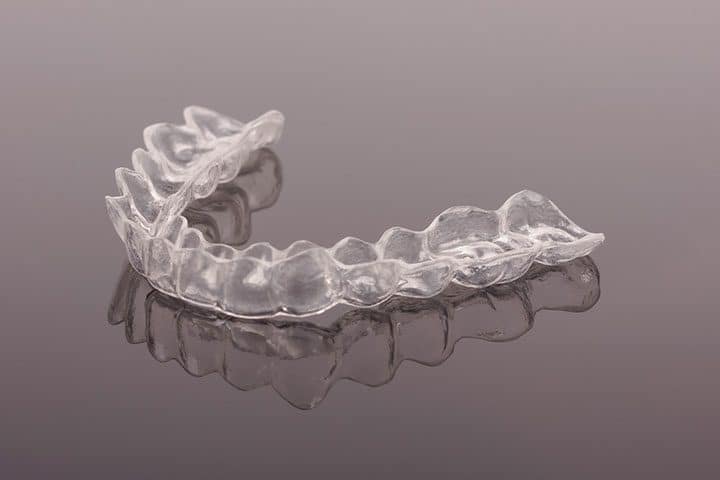
Did you know that your dentist may be able to treat your headaches as well as neck pain and even vertigo? These are just some of the symptoms of TMJ Syndrome.
What is TMJ Syndrome?
It is a cycle of pain, muscle spasms and imbalance in the joint where the jaw meets the skull, often causing chronic facial pain. The temporomandibular joint (TMJ) connects the temporal bone of the skull with the lower jaw or mandible. Cushioning these two bones is a thin disc of cartilage. The TM joint is one of the most complex joints in the body.
Located on each side of the head in front of the ear, these joints work together and can make many different movements, including a combination of rotating and translocational (gliding) action, used when chewing and speaking. Five muscles support the joint. When the balance of these bones, muscles and cartilage is lost a number of symptoms can result.
What are the Symptoms?
Typical syndromes are headaches and neck aches, ear aches, difficulty in opening or closing the jaw, a clicking or a popping in the joint, a dull aching pain around the ear that spreads into the face and tender or painful jaw muscles are some of the symptoms of TMJ dysfunction. Other symptoms include tooth clenching and grinding (both a cause and a symptom), numbness in fingers and toes, vertigo and undiagnosable tooth pain. Any problem that prevents this complex system of muscles, ligaments, discs and bones from working together properly may result in a painful TMJ disorder.
Diagnosis
Several conditions may be related to TM Disorders, but they can be quite varied, and they are often difficult to pinpoint. The common fact however, is that the jaw muscles or jaw joints are affected. The joint, ligaments, and muscles used for chewing and grinding food may all be involved. This cycle of pain, spasms and joint imbalance can be started by grinding or clenching of the teeth, a bad bite caused by missing teeth or badly aligned teeth, or a blow to the joint and some diseases such as arthritis. Muscles that move the joints are also subject to injury and disease. Emotional stress is also thought to be a fact. Stress is thought to be a factor. TMD affects women of childbearing age more than men, or older men and women.
Treatment
Smilefocus dentists can help identify the source of the pain with a thorough examination and appropriate x-rays. Often it’s a sinus, toothache or an early stage of periodontal disease. Treatment and lifestyle changes can help break the cycle of pain, muscle spasm and joint imbalance. Treatments may include stress reducing exercises, muscle relaxants or wearing a splint, which is a plastic mouthpiece that can prevent clenching and tooth grinding. To restore balance and harmony to the joint your dentist may crown teeth, fill spaces, adjust the bite or even move teeth orthodontically. While in some cases the cause is not so easily diagnosed and referral to a TMJ specialist may be required, your dentist is the best placed to help start the process of healing.
If you are concerned, please book an appointment.
 Dr Patricia Hancock has more than 30 Years dental experience and has worked in London, Hong Kong, Geneva and Singapore. Dr Hancock speaks French, German and Cantonese. For an appointment please call 6733 9882 or click here
Dr Patricia Hancock has more than 30 Years dental experience and has worked in London, Hong Kong, Geneva and Singapore. Dr Hancock speaks French, German and Cantonese. For an appointment please call 6733 9882 or click here
